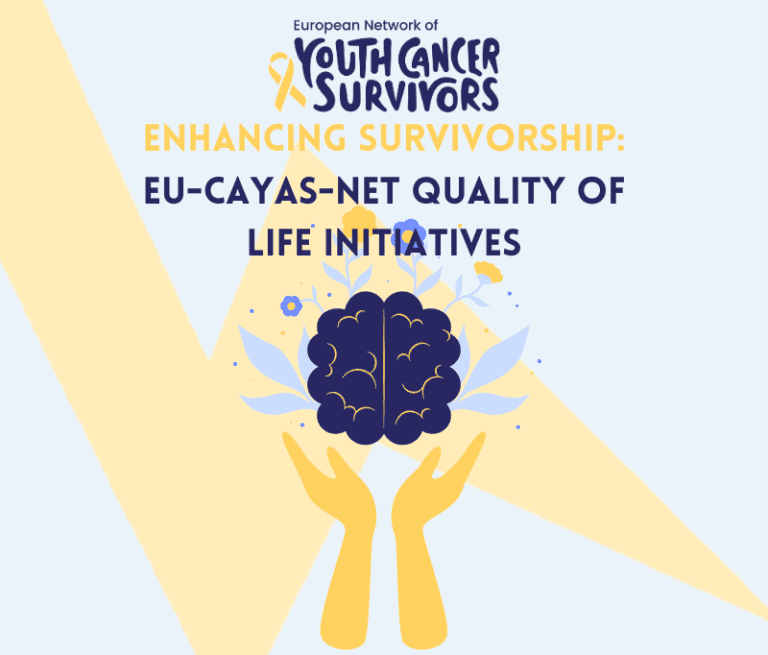
Overview
Zinc finger nucleases (ZFNs) are powerful tools in the field of genetic engineering. They are designed to target specific DNA sequences, allowing scientists to cut and modify genes with high precision. This technology has revolutionized the way researchers approach genetic editing, offering potential solutions for a range of genetic disorders.
Key Information
Zinc finger nucleases are composed of two main parts: a zinc finger domain that binds to a specific DNA sequence and a nuclease domain that cuts the DNA. By designing zinc finger domains that recognize specific DNA sequences, scientists can direct the nuclease to cut at precise locations in the genome. This targeted approach minimizes off-target effects and increases the accuracy of genetic modifications.
Clinical Significance
The ability to edit genes precisely has significant implications for medicine. ZFNs are being explored for their potential to treat genetic disorders such as cystic fibrosis, Huntington’s disease, and sickle cell anemia. By correcting or disabling faulty genes, ZFNs offer a promising avenue for developing new therapies and personalized medicine approaches.
Treatment & Management
In clinical settings, ZFNs are used in gene therapy to introduce, remove, or correct genes in a patient’s cells. This process typically involves extracting cells from a patient, modifying them in the laboratory using ZFNs, and then reintroducing them into the patient. The precision of ZFNs reduces the risk of unintended genetic changes, making them a safer option compared to earlier gene-editing techniques.
Patient Resources
Patients interested in learning more about zinc finger nucleases can access a variety of resources. Educational materials are available through genetic research organizations, universities, and medical institutions. Support groups and forums can also provide insights and experiences from others who have undergone or are considering gene therapy.
Frequently Asked Questions
- What are the advantages of using zinc finger nucleases?
Zinc finger nucleases offer high precision and specificity in gene editing, reducing the risk of off-target effects compared to other methods.
- Are there any risks associated with zinc finger nucleases?
While ZFNs are generally considered safe, there is a potential for unintended genetic changes. Ongoing research aims to further minimize these risks.
- How are zinc finger nucleases different from CRISPR?
Both are gene-editing technologies, but ZFNs use engineered proteins to target DNA, while CRISPR uses RNA molecules. CRISPR is often considered easier to use and more versatile.

















Comments
Thank you. Comment sent for approval.
Something is wrong, try again later